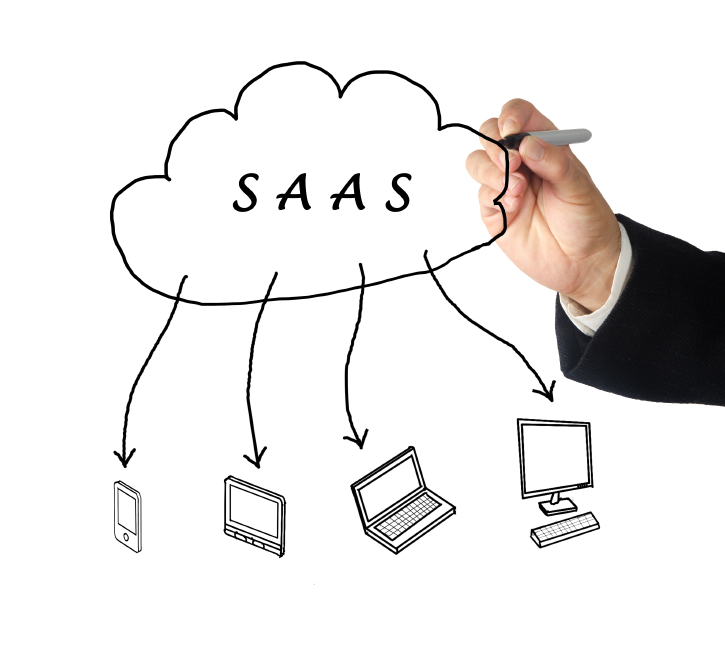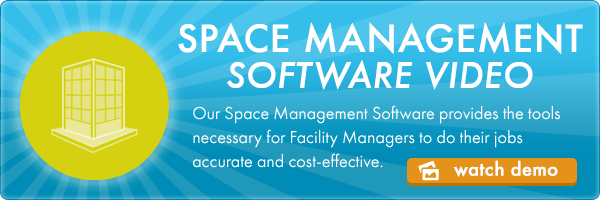How Much Does Space Utilization Software Cost?


So, you’re considering making an investment in Space Utilization Software but you find yourself asking where and how you get started? The company executives will undoubtedly have lots of questions; most importantly—“How much will the cost add to our bottom line?” To determine if this software is a good fit for your organization and is a sound investment for both now and the future, cost is often a deciding factor. Many simply write off software solutions as an optional expenditure, assuming they are extremely expensive. This does not have to be the case. There is, however, no clear-cut answer to the question of overall cost, since every situation requires an individual assessment of organizational needs. There are a multitude of factors that go into price determination for a software module of this magnitude. Every company’s situation is unique, and some vendors are going to provide a better fit than others. Let’s take a look at the six factors that determine pricing for space management software.

1. Installed Software Vs. SaaS
In your quest to find the right space management solution for your business, you will find yourself with two format options to choose from: installed software and SaaS (software as a service). Initial and ongoing costs vary tremendously between the two formats, as well as their advantages and disadvantages.
Before the invention of the cloud, installed software was the only option. Since companies purchased this software outright, they were hit with a multitude of start-up costs before installation even began. With installed software, organizations must ensure all existing hardware is compatible with this new software, often purchasing new equipment just to get started. A source code control system must be purchased and your own IT department is then faced with the task of setting up the server, installing the software and designing a secure system. Once installation is complete, you then face ongoing support costs such as providing power to the server, vendor customer service, and applying security and operating system updates to the server. Costs continue to mount when a system upgrade is needed or there is an issue with the software. And just the cost of lost data and/or downtime associated with a botched upgrade or hardware failure can cost a company tens of thousands of dollars.
There has been a worldwide shift in SaaS implementation over the last three years. Concerns regarding security and service availability have been addressed and businesses are facing increased mobility needs, driving more organizations to adopt this new software format. According to a study by Gartner, US investment in SaaS is expected to have risen by 73 percent from 2012 to 2014. With SaaS, companies no longer have to face high start-up costs associated with source codes, licensing and hardware costs. The vendor serves as the host, so there is little to no hardware costs associated with initial implementation. Upgrades are automatically run through the software vendor and issues are handled through customer support.
While most organizations will utilize a mix of both installed and SaaS software solutions, a module of such magnitude as space management typically sees a higher return on investment through Software as a Service. Whichever avenue you decide to take, be sure you have asked all the right questions and fully understand all costs associated with both implementation and ongoing support when considering your options.
2. Bundled vs. Modular
With many vendors, businesses are forced to purchase software bundles, bogging their systems down with tools that are irrelevant to the organization’s needs. The obvious downside to a bundled software system is that you are paying for tools you may never use. Many argue that, as your company’s needs grow, these unneeded tools will become more necessary. While this may be true in some instances, this is not always the case. We feel that you should have the option to tailor your software solution specifically to your company’s needs, with the option to add further modules as your needs arise, not be forced into buying everything all at once. Not only does the modular approach cut down on the initial cost of getting started, it allows your employees to focus on familiarizing themselves with what is needed now. By avoiding this unnecessary frustration, you ensure your staff is on board for actually using these tools. IWMS vendors that allow you to buy only what you need support a more personalized approach and are more cost effective and time efficient.
3. Consultant vs. In-house Support
Depending upon the space management software vendor you choose to go with, you may be required to hire a consultant to help with the implementation process. Potential implementation assistance includes IT contractor, attorney, electrician, and/or consultant support; chart conversion; hardware/network installation; and workflow redesign support. These costs vary depending upon who you are required to consult with and the rates they charge for consultation. One way to help drive your space management software costs down is by choosing a simplified tool that is easy to use. While functionality is the same, the customization requirements are not, helping keep costs at a minimum.
4. Do you have AutoCad Floor Plans?
Most space management tools rely on AutoCad drawings as the source file when loading floor plans into the system. If you only have hand-drawn floor plans, it is a good idea to seek out the expertise of an architect who can lay out your plans into AutoCad format. Often companies are only provided a PDF file of these plans. If you are able to find the source of the PDF, typically an architect, you will find that the PDF was generated from AutoCad and can obtain a copy of those files. Access to these files is something to consider when determining the pricing of your space management software, as AutoCad is a robust system and costs associated with new plans can drive up the price significantly.
5. To Integrate or Not?
Looking for a space management software that will automate your new hire process or have single sign-on? While these tools are typically available, it requires integration with your existing tools. Often, the more integration you need the higher the price of the software, especially if the process requires IT support. However, IWMS vendors such as iOffice already have API’s in place which significantly reduce integration costs and require less IT involvement. You will want to address this subject with any vendor you are considering so as to avoid any unexpected costs once the implementation process has begun.
6. What About Training?
Proper training will help the facility you manage avoid investing in tools that are rendered useless simply because no one knows how to use them. The training process for many vendors includes a week long training course, with travel involved. This “course” typically costs thousands of dollars in travel expenses and lost production time and, in the end, you are left with a four inch thick three ring binder to reference when a question or issue arises. The most cost-effective approach is to align yourself with a vendor that works with your trainers during the implementation process and provides on-going support as your needs arise.
Unfortunately, there is no clear-cut answer in determining costs for space utilization software. Along with the aforementioned factors, many vendors, such as iOffice, charge by the square foot rather than the user. It is important you are aware of all relevant factors and inventory all necessary details before making your decision. Many companies have found themselves stuck with unexpected expenses simply because they made decisions based solely on the “bottom line”. These expenditures can be compounded by a vendor’s failure to correctly analyze the needs of the organization or a lack of information on the part of the customer, which leads to less qualifying questions being asked. The cure for these woes is knowledge and education of the entire process by a prepared facility manager. If you are considering additional modules other than space management, our ebook 8 Practical Guidelines to Evaluating Facilities Management Software is a great source of reference. Make sure you are knowledgeable in as many facets of your business as possible and let iOffice assist you in this process.
